Intermittent Catheters
Intermittent Catheters are inserted internally and used for several Indications, such as short term urinary drainage from the bladder for patients with urinary incontinence, urinary retention, or patients with a bladder obstruction. Vitality Medical carries a variety of intermittent catheter types, such as a Coude or Straight Intermittent Catheters, in a range of Intermittent Catheter Sizes from top manufacturers.
-
Cost-Effective
-
Highly Reviewed
ColoplastColoplast SpeediCath Hydrophilic Intermittent Catheters - Male & FemaleProduct Highlights
- Catheters available individually or in boxes
- Pre-lubricated and ready to use
- Comes in different sizes
- Separately designed for males or females
- Some models feature coude tip
- Insertion kit options available
-
Best in Class
Cure MedicalCure Ultra for Women, Straight TipProduct Highlights
- Smooth, fire-polished eyelets
- 'No-roll' funnel end
- Package has easy tear design
- Not made with DEHP/DINP, BPA, or NR-latex
- Portable with flexible package and kink-resistant catheter
- CoverAll evenly distributes lubricant


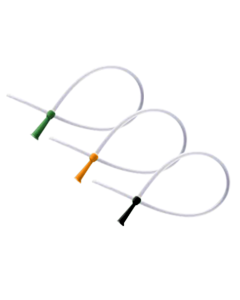
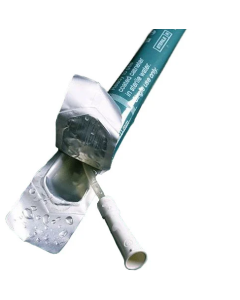
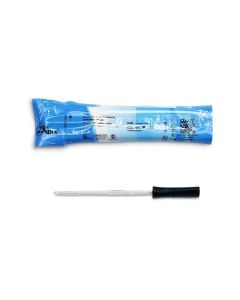

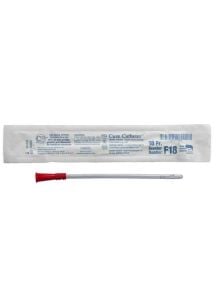
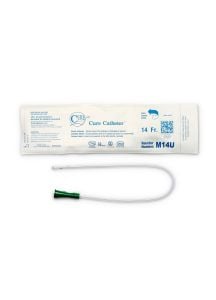
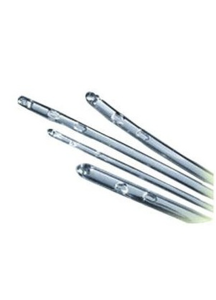
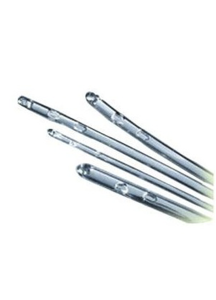

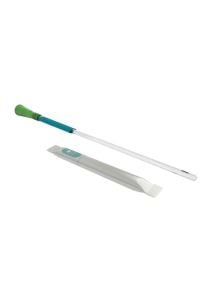
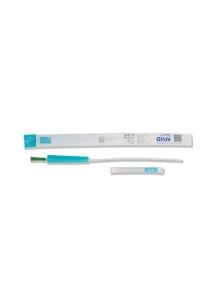
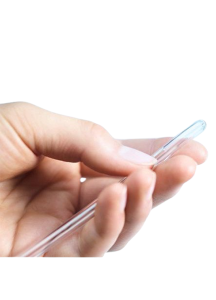
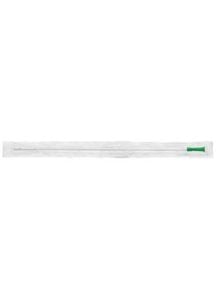

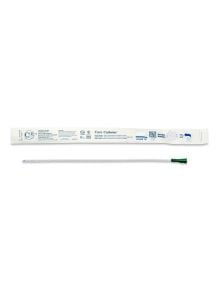
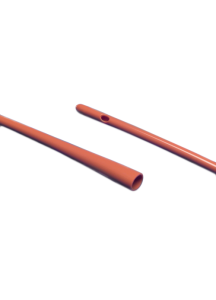

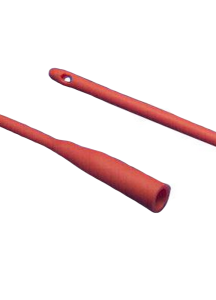
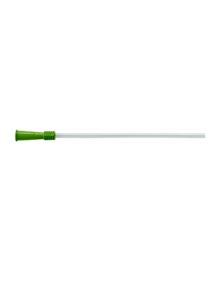
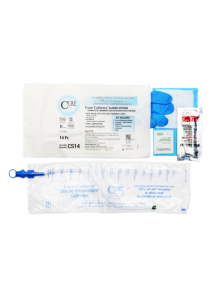
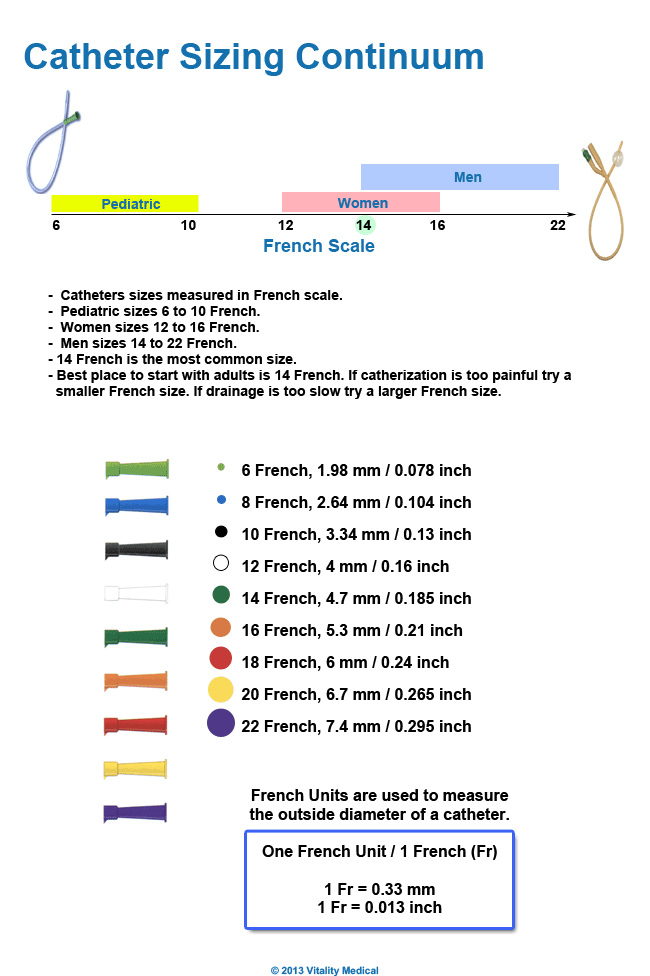
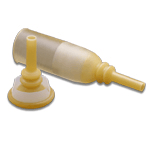
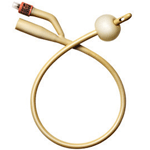
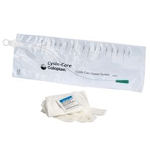
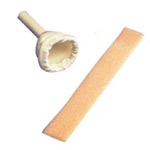
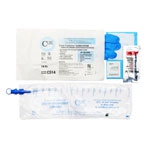
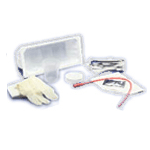


Login and Registration Form